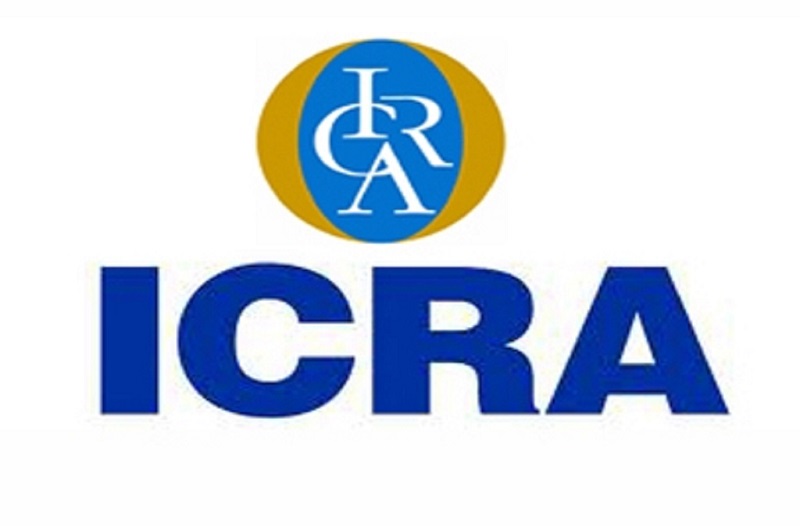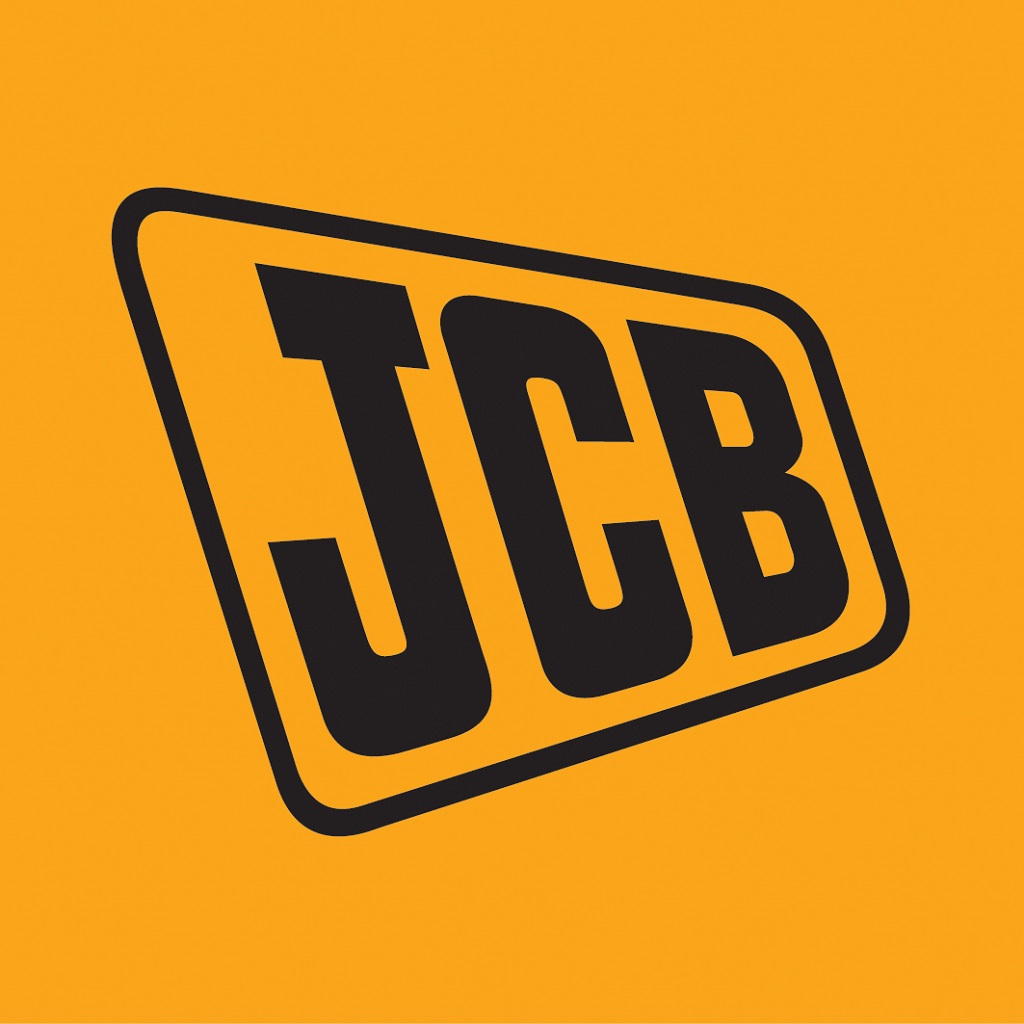GST positive for Automobile industry but greater clarity awaited on many aspects
The Constitution (One hundred and Twenty-Second Amendment) Bill, 2014 related to the proposed Goods & Services Tax (GST) was recently cleared by the Rajya Sabha. The GST is likely to have four major implications – a) Change the incidence of effective indirect taxes across industries, b) Expand availability on input tax credit, c) Change business dynamics between Organized and Unorganized segments and d) Reduce bottlenecks and improve efficiencies in supply chain, especially road logistics. With automobile sector being an important contributor to India’s economy and the manufacturing sector, the implementation of GST is expected to be significant impact on the sector. We believe among the four major outcome of the GST, the change in effective rate of indirect taxes will have the most pronounced impact as current taxation on the automobiles (refer exhibit 1) is currently higher than the likely standard rate of ~18-19%. The reduction in overall taxes will most likely be passed on the by the OEMs and will help in supporting demand.
Taxation: Small Cars, TWs and CVs likely to see reduction in taxes but no clarity on Bigger Cars & SUVs
Although there is no clarity on level of taxation but the general consensus suggest that Bigger Cars and SUVs are likely to be taxed higher. Accordingly, Small Cars and Two Wheelers are likely to be key beneficiary of the GST as reduction in vehicle prices would improve affordability and boost demand. In ICRA’s view there could be ~8-10% reduction in vehicle prices if standard rate turns out to be 18%. Apart from Small Cars and Two Wheelers, CVs and Three Wheelers will also benefit from reduction in indirect taxes. Although CV segment in particular is not considered to be so sensitive to change in vehicle prices but reduction in vehicle prices and likely improvement in efficiencies in the road logistics sector will be positive for CV sector over the long-term.
Exhibit 1: Duty Structure for Automobile OEMs under Current & GST Regime
| Segment | Excise Duty | NCCD | VAT* | CST | Effective Tax | Likely GST |
| Two Wheelers | 12.5% | 1.0% | 12.5% | 2.0% | 30.4% | 17-19% |
| Small Cars (length < 4m) | 12.5% | 1.0% | 12.5% | 2.0% | 30.4% | 17-19% |
| Sedans (length > 4m with engine < 1,500cc) | 24.0% | 1.0% | 12.5% | 2.0% | 43.7% | Higher |
| Sedans (length > 4m with engine > 1,500 cc) | 27.0% | 1.0% | 12.5% | 2.0% | 47.2% | Higher |
| SUVs^ | 30.0% | 1.0% | 12.5% | 2.0% | 50.7% | Higher |
| Three Wheelers | 12.5% | 1.0% | 12.5% | 2.0% | 30.4% | 17-19% |
| Commercial Vehicles | 12.5% | 1.0% | 12.5% | 2.0% | 30.4% | 17-19% |
Input Tax Credit: Likely to be neutral for industry; tax credit on tooling unclear at present
- Owing to different types of indirect taxes collected by the Centre and States separately, taxes paid on some of the input costs currently cannot be set-off against the final tax. Some of the common examples include: a) service tax paid on certain inputs such as rent, IT, freight etc., b) lower tax credit on outsourcing activities etc. This is likely to undergo a change as most of the taxes paid on input will be set-off against final tax.
- For automobile industry, this is unlikely to be material as OEMs are able to take tax credit on majority of their input materials. However, what remains to be seen is the way taxation on tooling cost will be treated under GST. As per the model GST law, the definition of capital goods covers only those goods which are used at the place of business and are therefore be eligible for tax credit. In the automobile industry, typically OEMs refund the cost of tooling to ancillaries (either through upfront payment or through the amortization route) while the tools are used by latter at their factories. Given this scenario, it is not clear if OEMs will be able to take tax credit on tooling going forward. Accordingly, either cost of toolings would go up for OEMs or they are likely to find some alternatives in form of in-house development etc.
Impact of GST on Logistics: Improving competitiveness of Road Logistics positive for CV demand
- The other major benefit of GST is expected to be easing out of various bottlenecks and complexities involved in transportation of goods using road logistics from one state to another. Since CST will be subsumed in GST, companies will no longer be required to have depots/warehouses at multiple locations and also do away with C&F agents.
- In the automobile industry, while OEMs dispatch vehicles directly from their factories to dealers; in their spare parts business, the sales are routed through depots and C&F agents. With the implementation of GST, companies will be able to consolidate their warehousing infrastructure and benefit from lower costs incurred in supply chain.
- As time spent at various check posts will reduce (with uniform transaction based taxation regime), the operating efficiency of road logistics sector is also expected to improve. This would mean better turnaround time for trucks (i.e. higher asset sweating) and possibly lower demand for new CVs. Additionally, as industries will switch towards consolidating their warehousing infrastructure, the demand is expected to shift in favor of bigger trucks.
- In ICRA’s view, easing of bottlenecks in road logistics would not be materially negative for CV demand over the longer-term as – lower logistics costs will help road sector to compete more effectively with the railways and secondly, efficiencies of road logistic sector are also contingent on the improvement roads & highways sectors, which at present limits ability of trucks to cover a maximum of 350-400 km per day in contrast to 700-800 km in developed nations. However, this trend is gradually changing with upgradation of national & state highways and deployment of more powerful trucks.
Consolidation of warehousing infrastructure will shift demand in favor of bigger trucks but MCVs won’t get completely marginalized….
- The other general consensus is that the demand will shift in favor of bigger trucks and medium-segment like 9-16t will get marginalized. The share bigger trucks has gradually been increasing in India on back of their superior cost economic and improving highway infrastructure.
- In ICRA’s view, while the implementation of GST will further support demand for bigger trucks but the shift would be gradual. This is because many applications and industries find MCVs more viable vis-à-vis bigger trucks. Some of the notable sectors where MCVs are predominantly used include:
Exhibit 2: Sectors where MCVs are predominantly used:
- Perishable goods like Diary products, Fruits & Vegetables, Foods grains etc.
- Auto Components (Typically Ancillaries set-up their units either in the OEM’s vendor park or in the near-by areas, allowing OEMs to optimize their working capital requirements (i.e. Just in Time Concept)
- Courier & Re-location Services
- Building/Construction Material (16T vehicles are also used as tippers in Construction sector)
…. as fragmented nature of many industries would continue to favor medium sized trucks
Unlike developed economies, the manufacturing and retail sector in India still remains highly fragmented, which means that their transportation needs are better met by either smaller vehicles (i.e. LCVs) or at best MCVs (i.e. 7.5-12t). Further, many of the 16t trucks find application in construction sector as well. As industry demand is unlikely to change rapidly, we believe MCV Trucks will continue to find acceptance and their share in the overall industry may reduce only marginally.
GST is yet to provide clarity on taxation for Excise Duty or VAT exempt manufacturing units
Over the years, some of the automobile OEMs have taken advantage of state-level incentive programs and have set-up manufacturing plants in locations like Haridwar, Pantnagar that offer exemption from paying Excise Duty for a period of ten years. In addition, some of the states also offered capital subsidy in form of VAT refund on sales carried out within states. Under the proposed GST regime, treatment of such exemptions is unclear at present. However, the industry expects that existing units would most likely continue to reap the benefits till such schemes expire. Among the key OEMs – Ashok Leyland (Pantnagar) and Hero Motocorp (Haridwar) currently avail exemption of Excise Duty, while many of OEMs with manufacturing units in Maharashtra, Gujarat and Rajasthan have VAT refund benefits.
Growth Drivers have turned supportive across segments…
Exhibit 3: ICRA’s Growth Estimates & Likely Drivers for FY 2017
| Segments | FY2015 | FY2016 | FY2017e | Growth Drivers |
| Commercial Vehicles | (2.8%) | 11.5% | 12.13% | Pick-up in infra & mining sectors to support recovery in tippers
Pre-buying owing to implementation of BS-IV (by April 2017) Replacement-led demand due to ban on old vehicles Likely implementation of Scrappage Program |
| Passenger Vehicles | 3.9% | 7.2% | 8.5-9.5% | Improving sentiment levels in urban market; Return of FTBs
Replacement demand due to ban on old diesel vehicles Expectation of recovery in rural demand from H2 FY 2017 Favorable impact of Seventh Pay Commission |
| Two Wheelers | 7.9% | 3.0% | 4.6% | Favorable impact of Seventh Pay Commission
Expectation of better demand from rural areas in H2 FY 2017 |
| Tractors | (13.0%) | (10.5%) | 7-8% |
Primarily contingent on outlook on monsoon Rabi harvest (March-16) was healthier than expected Agri-Commodity prices have started inching upwards Subsidy program in states like A.P., Telengana and M.P. |
ICRA research on GST Impact on Automobile Industry, August 11, 2016

